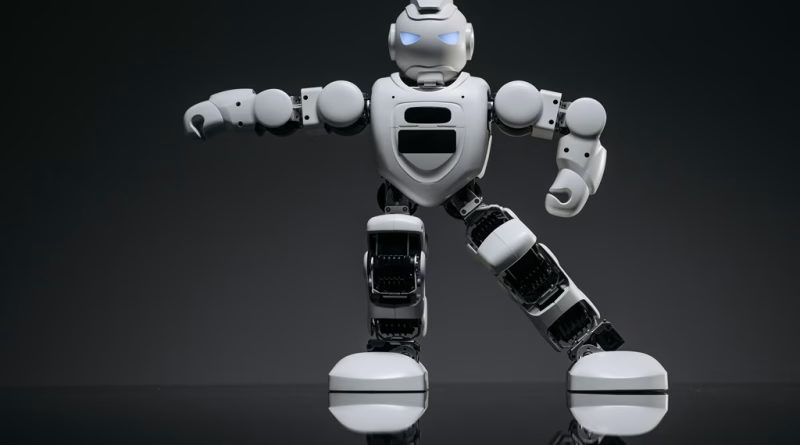Your Next Warehouse Worker Will Be a Humanoid Robot
For decades, the idea of a humanoid robot has been a staple of science fiction—often portrayed as either a helpful butler or a dystopian enforcer. In the real world, industrial robots have been clunky, caged-off arms, bolting and welding in highly structured environments. The dream of a bipedal robot that could walk, adapt, and work alongside humans seemed perpetually out of reach.
That is, until now.
A quiet revolution has been taking place in robotics labs, and it’s about to spill onto our factory and warehouse floors. Thanks to breakthroughs in AI, materials science, and actuator technology, a new generation of agile, capable humanoid robots is not just learning to walk; it’s learning to work.
The era of the humanoid worker is here, and it’s poised to revolutionize the global supply chain.
The Leap Forward: What Makes These Robots Different?
Today’s humanoid robots are a world away from the slow, clumsy machines of the past. The key difference is the brain. They are now powered by sophisticated AI that allows them to learn and adapt to their environment in real time.
- AI-Powered Dexterity: Using advanced computer vision, these robots can identify and pick up objects of various shapes and sizes, a task that has long been a major challenge in robotics. They are learning to handle packages with a new, near-human level of dexterity.
- Dynamic Navigation: They can navigate complex, semi-structured environments like a busy warehouse floor, avoiding obstacles and human workers without needing pre-programmed paths.
- Learning by Example: Developers can now train these robots much faster. Instead of programming every single motion, they can guide the robot through a task manually, and the AI will learn and replicate the movements.
The Early Recruits: Meet the New Robotic Workforce
Several key players are leading this charge, moving their creations from viral videos to real-world pilot programs.
- Boston Dynamics’ Atlas: Long famous for its jaw-dropping acrobatic videos, the new, all-electric version of Atlas has been re-engineered for practical applications. Its parent company, Hyundai, is already testing Atlas in its automotive manufacturing plants for physically demanding and repetitive tasks.
- Tesla’s Optimus: Elon Musk’s ambitious project is designed for mass production. The goal is to create a general-purpose robot that can eventually perform any task a human can. The first deployments are happening now inside Tesla’s own Gigafactories, where Optimus bots are being trained to handle materials and assist on the production line.
- Figure AI’s “Figure 01”: This impressive startup, backed by major tech players like OpenAI and Microsoft, has already begun pilot programs with automotive partners like BMW. Their robots are being tested to move boxes, unload trucks, and perform other logistical tasks, showing just how quickly this technology is maturing.
The Business Case: Why Companies Are “Hiring” Them
For corporations, the appeal is immense. A humanoid robot can work 24/7 without breaks. It can handle the most physically demanding, repetitive, and dangerous jobs in a warehouse or factory, reducing human injuries. In an era of persistent labor shortages in the logistics sector, these robots offer a solution to a critical business bottleneck. They are not meant to replace every human worker, but to fill the specific roles that are hardest to staff.
The Human Question: Co-worker or Replacement?
The rise of this new robotic workforce raises significant questions about the future of human labor. In the short term, these robots will likely act as “co-bots,” working alongside humans and taking over the most undesirable tasks. A human worker might act as a supervisor for a team of five or ten robots, managing their workflow and handling exceptions.
In the long term, the economic implications are profound. This technology will undoubtedly transform the labor market in logistics and manufacturing. The debate we are about to have as a society is no longer if humanoid robots can do these jobs, but how we adapt when they become a common sight in every factory and warehouse on the planet.




